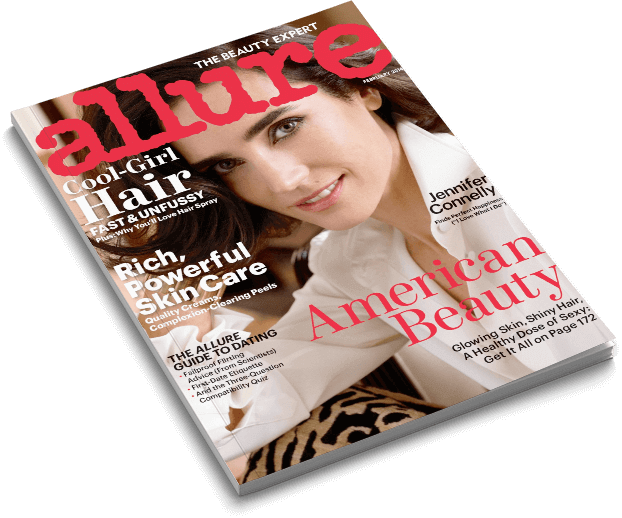Neck Contouring Ultherapy results now improved with Alastin Regenerating Skin Nectar!

Ultherapy results for neck, forehead and lower face improved with pre and post treatment with Alastin Regenerating Skin Nectar!
Ultherapy is an ultrasound guided treatment that is used to treat mild to moderate skin laxity and wrinkles around the jowls, under the chin, around the eyes, crow’s feet and above the forehead for a brow lift. Ulthreapy works by administering ultrasound energy to specific depths of the skin with precise ultrasound guidance, which causes tissue tightening and collagen production. The Alastin Regenerating Skin Nectar also works at the specific depths that Ultheapy’s energy is administered for an even better result.
The Alastin Regenerating Skin Nectar can precondition and pretreat your skin to clear old damaged pieces of collagen and elastin to prepare the skin to create healthier and thicker layers of collagen and elastin. At the different depths Ultherapy treats, Alastin Regenerating Skin Nectar can help lift, tighten and smooth the skin for a better result. The Alastin Regenerating Skin Nectar also helps decrease swelling and redness more superficially post procedure.
Casas Aesthetic Plastic Surgery now recommends using Alastin Regenerating Skin Nectar two weeks before and after the Ultherapy to better improve the results of your treatment. You use this product by applying it each morning and evening to areas where the Ultherapy will be performed. In the morning, it is recommended that you use this product prior to sunscreen application. Call (847) 657-6884 to book your appointment to build your Ultherapy Skin Tightening treatment plan!
References:
Fabi, Sabrina Guillen, et al. (2015). “Noninvasive skin tightening: focus on new ultrasound techniques”. Clin Cosmet Investig Dermatol. 2015; 8: 47–52.
Gliklich, R. E., W. M. White, et al. (2007). “Clinical pilot study of intense ultrasound therapy to deep dermal facial skin and subcutaneous tissues.” Arch Facial Plast Surg 9(2): 88-95.
Suh, D. H., M. K. Shin, et al. (2011). “Intense focused ultrasound tightening in asian skin: clinical and pathologic results.” Dermatol Surg 37(11): 1595-1602.
ULTHERA® . Customer Training Manual. Mesa, AZ: Ulthera Inc;
Alam, M., et al., Ultrasound tightening of facial and neck skin: a rater-blinded prospective cohort study. J Am AcadDermatol, 2010. 62(2): p. 262-9.
Chan, N.P., et al., Safety study of transcutaneous focused ultrasound for non-invasive skin tightening in Asians. Lasers Surg Med, 2011. 43(5): p. 366-75.
Laubach, H.J., et al., Intense focused ultrasound: evaluation of a new treatment modality for precise microcoagulation within the skin. Dermatol Surg, 2008. 34(5): p. 727-34.
Lee, H.S., et al., Multiple Pass Ultrasound Tightening of Skin Laxity of the Lower Face and Neck. Dermatol Surg, 2011.
Weiss, M., Commentary: noninvasive skin tightening: ultrasound and other technologies: where are we in 2011? Dermatol Surg, 2012. 38(1): p. 28-30.
Lu P, Takai K, Weaver VM, Werb Z. Extracellular matrix degradation and remodeling in development and disease. Cold Spring Harbor perspectives in biology 2011; 3(12).
Fisher GJ, Varani J, Voorhees JJ. Looking older: fi broblast collapse and therapeutic implications. Archives of dermatology 2008; 144(5): 666-72.
Sherratt MJ. Tissue elasticity and the ageing elastic fi bre. Age 2009; 31(4): 305-25.
Lohwasser C, Neureiter D, Weigle B, Kirchner T, Schuppan D. The Receptor for Advanced Glycation End Products Is Highly Expressed in the Skin and Upregulated by Advanced Glycation End Products and Tumor Necrosis Factor-Alpha. Journal of Investigative Dermatology 2006; 126 5. Simeon A, Monier F, Emonard H, et al. Expression and Activation of Matrix Metalloproteinases in Wounds: Modulation by the Tripeptide–Copper Complex Glycyl-L-Histidyl-L-Lysine-Cu2F. The Journal of investigative dermatology 1999; 112: 957-62.
Widgerow AD, Fabi SG, Palestine RF, et al. Extracellular Matrix Modulation: Optimizing Skin Care and Rejuvenation Procedures. journal of drugs in dermatology 2016; 15(4s): S63-S71.
Lee S-H, Yang J-H, Park Y-K, et al. Protective effect and mechanism of phosphatidylserine in UVB-induced human dermal fi broblasts. European Journal of Lipid Science and Technology 2013; 115(7): 783-90.
He M, Kubo H, Morimoto K, et al. Receptor for advanced glycation end products binds to phosphatidylserine and assists in the clearance of apoptotic cells. EMBO reports 2011; 12(4): 358-64.
Omar SH. Oleuropein in olive and its pharmacological effects. Sci Pharm 2010; 78(2): 133-54.
Widgerow AD. Topical skin restoration technology – advances in age management strategies. Modern aesthetics 2016; (May/June): 1-8.


